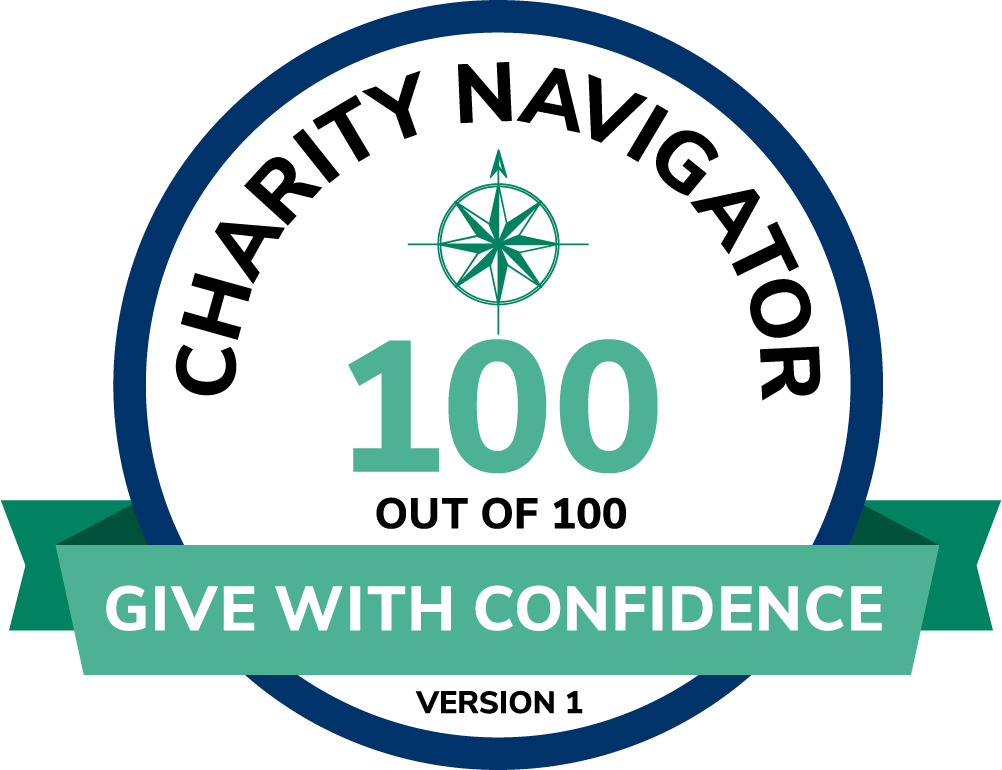HIV is a virus that affects the immune system, making it harder for an infected person to fight off other infections.
Over time, HIV destroys a type of white blood cell called a T-helper cell. With the proper treatment, people living with HIV can lead healthy, productive lives. If untreated over several years, HIV can lead to AIDS. AIDS stands for Acquired Immune Deficiency Syndrome, meaning the immune system is too weak to defend the body from other diseases. A person is said to have AIDS when their T-helper cell count drops below a certain level.
How HIV/AIDS is transmitted
HIV can be transmitted through unprotected sex, sharing needles or syringes, through contaminated blood transfusions, and through pregnancy, childbirth, or breastfeeding. There is no known cure for HIV, but medication known as anti-retroviral treatment (ART) is effective at keeping HIV infection under control.
How children contract HIV
Among heterosexual married couples (like the vast majority of the parents of the children we support), HIV is typically – but not always – contracted first by a husband who visits sex workers, and becomes HIV-positive. Then, his wife can become infected, and if she becomes pregnant, she may transmit the virus to her child during pregnancy, childbirth, or breastfeeding.
Many people remain uneducated about HIV transmission
Many women are unaware of their status and/or are unable to access the medical care they need to prevent mother to child transmission (MTCT). If the parents do not receive treatment, they may become too ill to care for their children, or die, potentially leaving behind children who need lifelong medical care. Despite recent government and NGO efforts, many people remain uneducated about HIV transmission and an HIV-positive child may be ostracized by other potential caretakers. These children are left to roam the streets, surviving as best they can.


